The island of Poveglia is now famous for ghost stories made up by American television. However, there’s a lot more to say about the island than fictitious stories of ghosts and crazy doctors.
Poveglia, located some 8km south of Venice, was once an important town of the central lagoon. Among much else it was the seat of local government in the central lagoon in the Middle Ages; it was on the front line of a war between Venice and Genoa; and it was at times also shipyard, quarantine station and hospital.
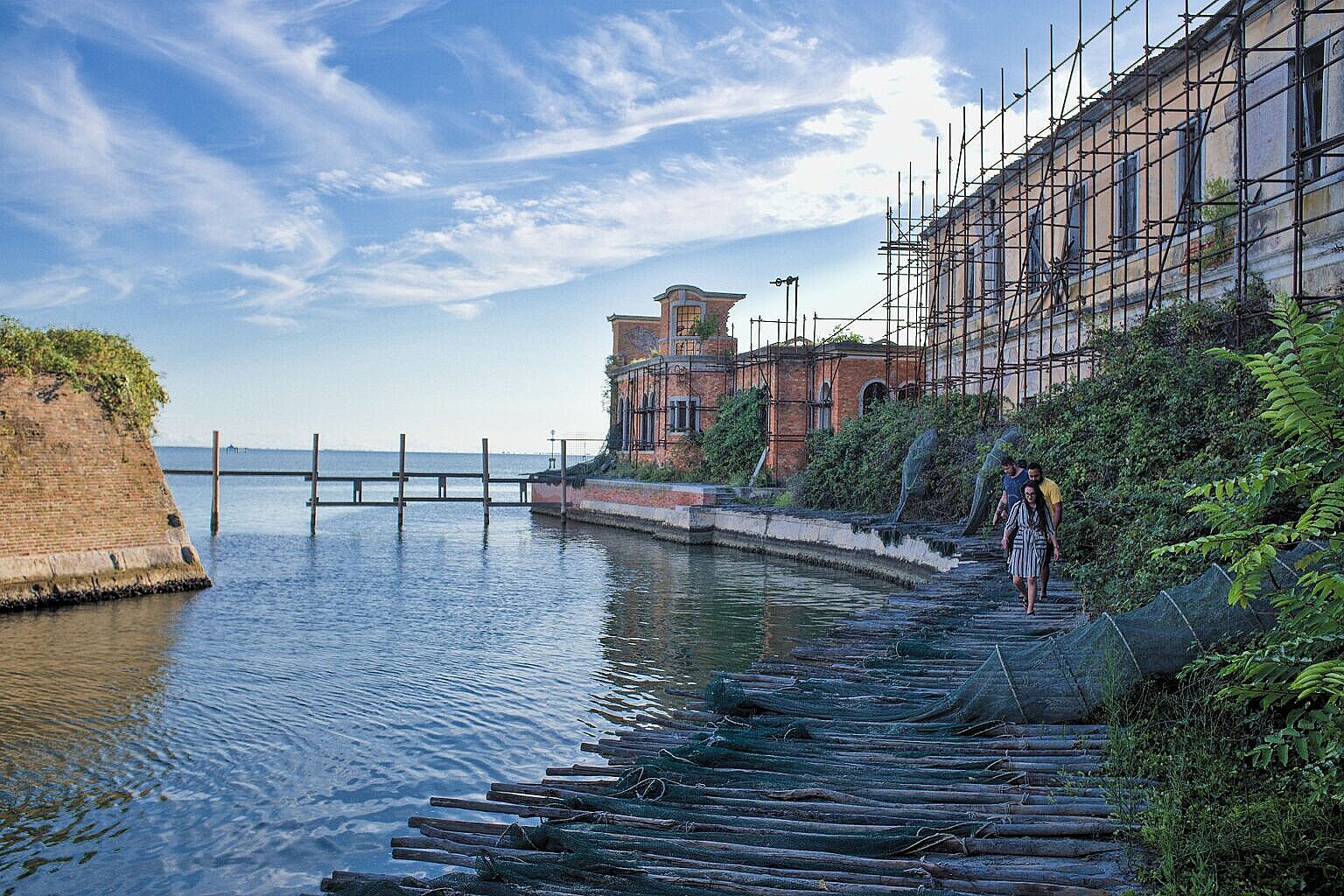
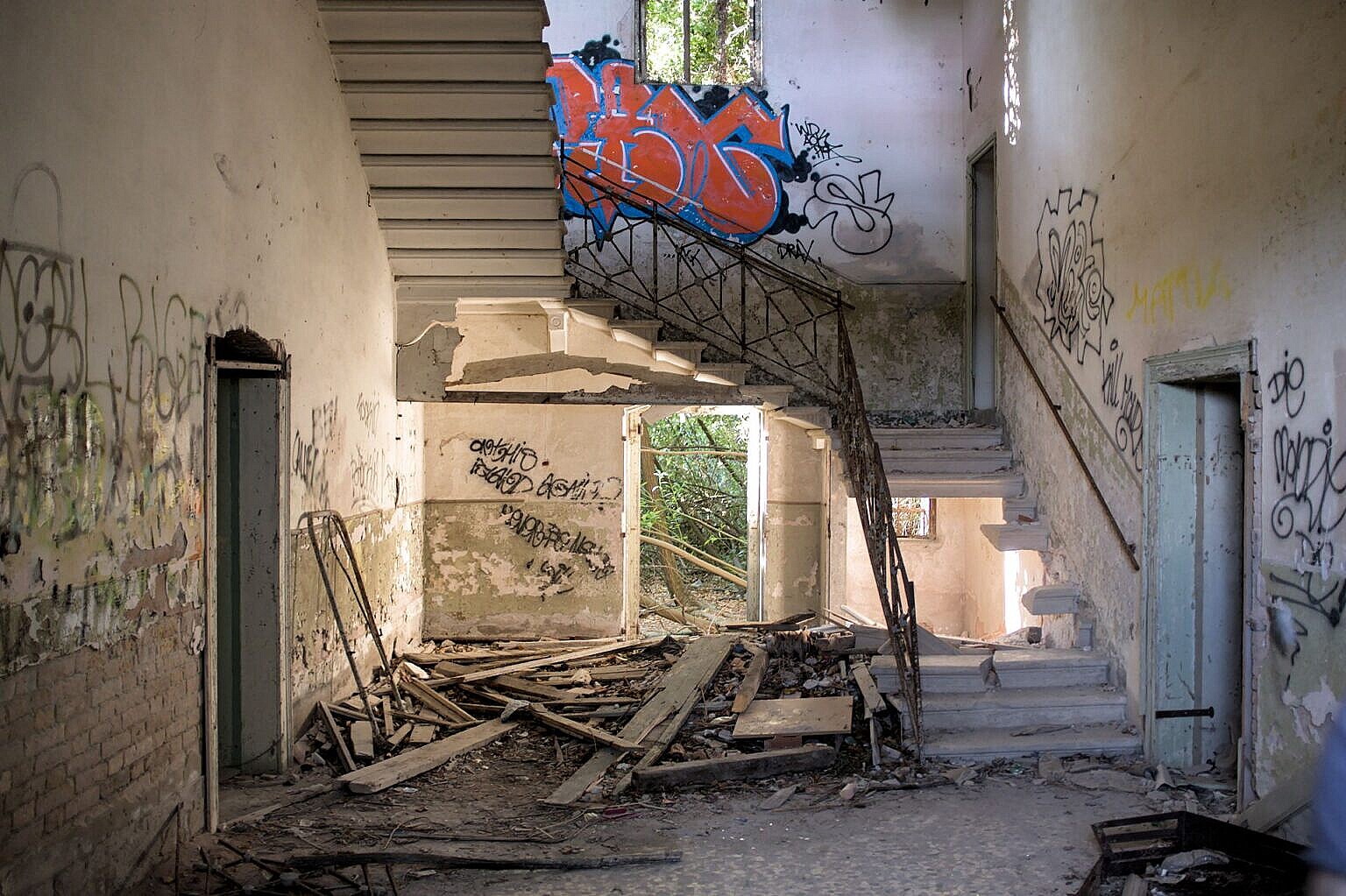
The earliest settlements
The name of Poveglia goes back to Roman times, in various forms, most likely connected to a Roman road leading from Clodia (Chioggia) in the south to Eraclea in the north.
In the early Middle Ages, Poveglia was a major settlement in the lagoon, and the seat of local government.
The origin of the first residents is steeped in ancient legend.
Some medieval accounts state that Poveglia was settled first by hostages and prisoners of war. The Venetians had helped the people living around the Lake Garda defeat invading forces from Genoa, and received parts of the spoils of war.
Other documents relate the settlement of the island with the assassination of the doge Pietro Tradonico on September 13th, 864.
Venice didn’t have established rules about who should be doge, and succession was often contentious. Overall it was all down to power struggles, often armed and violent, between different factions of the ruling elite in the city.
One such fight let to the assassination of doge Tradonico in 864.
A group of conspirators accosted the doge and his retinue close to the monastery at San Zaccaria, near St.Mark’s, and stabbed them all to death.
A group of supporters of the assassinated doge sought refuge in the Palazzo Ducale. The palace was more akin to a fortress, and they refused to leave. All attempts to dislodge them from the position in the fortified Palazzo Ducale failed.
After a long stalemate, the parties agreed on a compromise. The supporters of Tradenico got a safe passage to leave Venice, but they had to settle on the island of Poveglia, and not return to Venice.
As always, legend and history is interspersed and mixed.
The podestá of Poveglia
The island and town of Poveglia was the most import settlement in the central lagoon. The podestà, who oversaw local government, was based on Poveglia in an official palace. He had to go to Malamocco every Monday, and to Pellestrina one other day each week, but would otherwise reside on Poveglia.
The upkeep of the podestà, his palace, boats and staff, was divided between the three settlements. Poveglia paid 50%, Pellestrina 30% and Malamocco 20%, which probably reflected the respective size and importance of the three towns.
In the 1334 a fire on Poveglia destroyed 63 houses where 80 families lived. Medieval extended families were large, so 80 families would have been many hundreds of residents. Furthermore, the source doesn’t state that all the island burned down.
The island of Poveglia is strategically placed on the approach to Venice from Chioggia and from the sea. One of the main tasks of the podestà was to levy import duties on all goods coming by ship into Venice from the south.
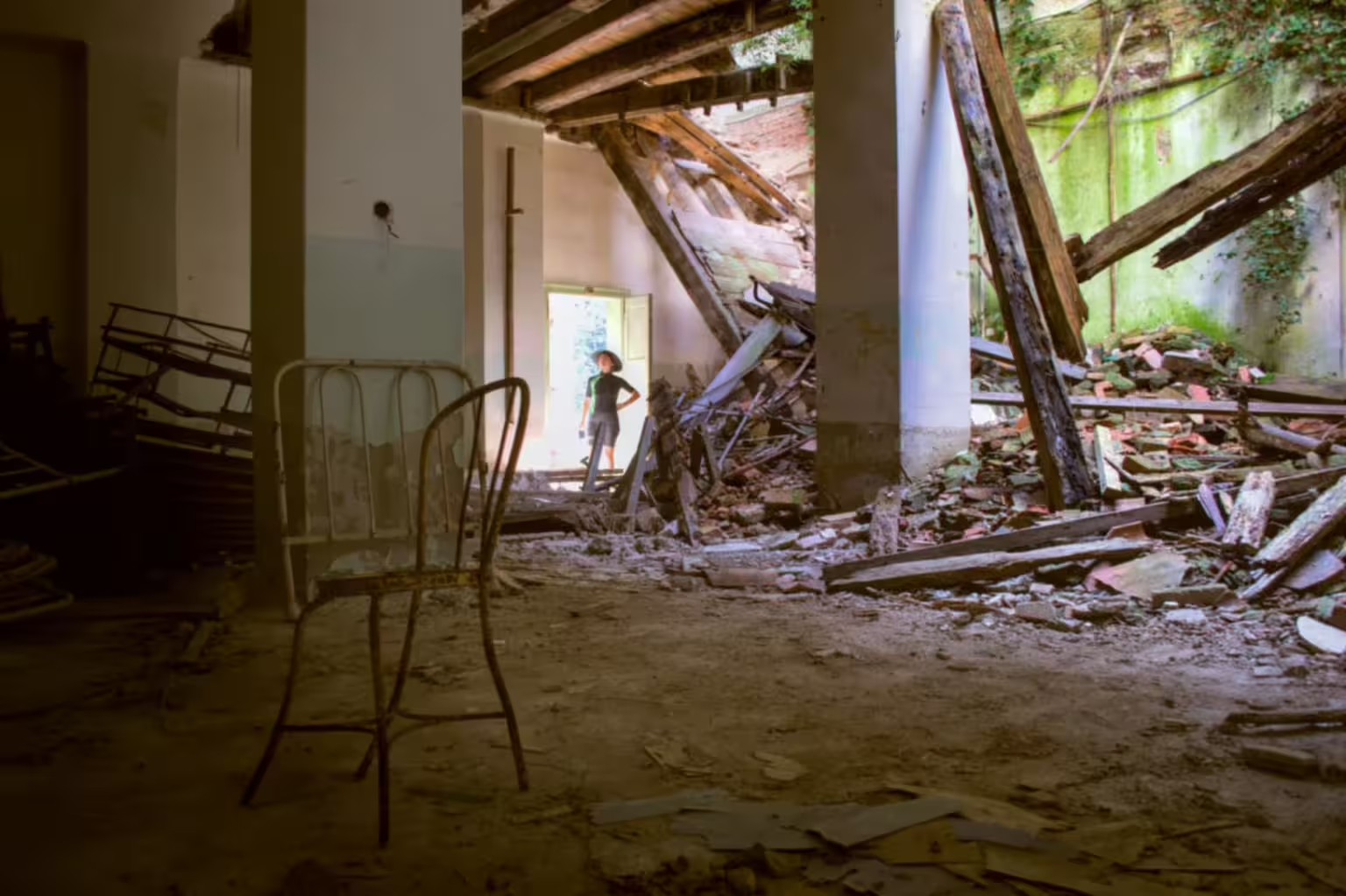
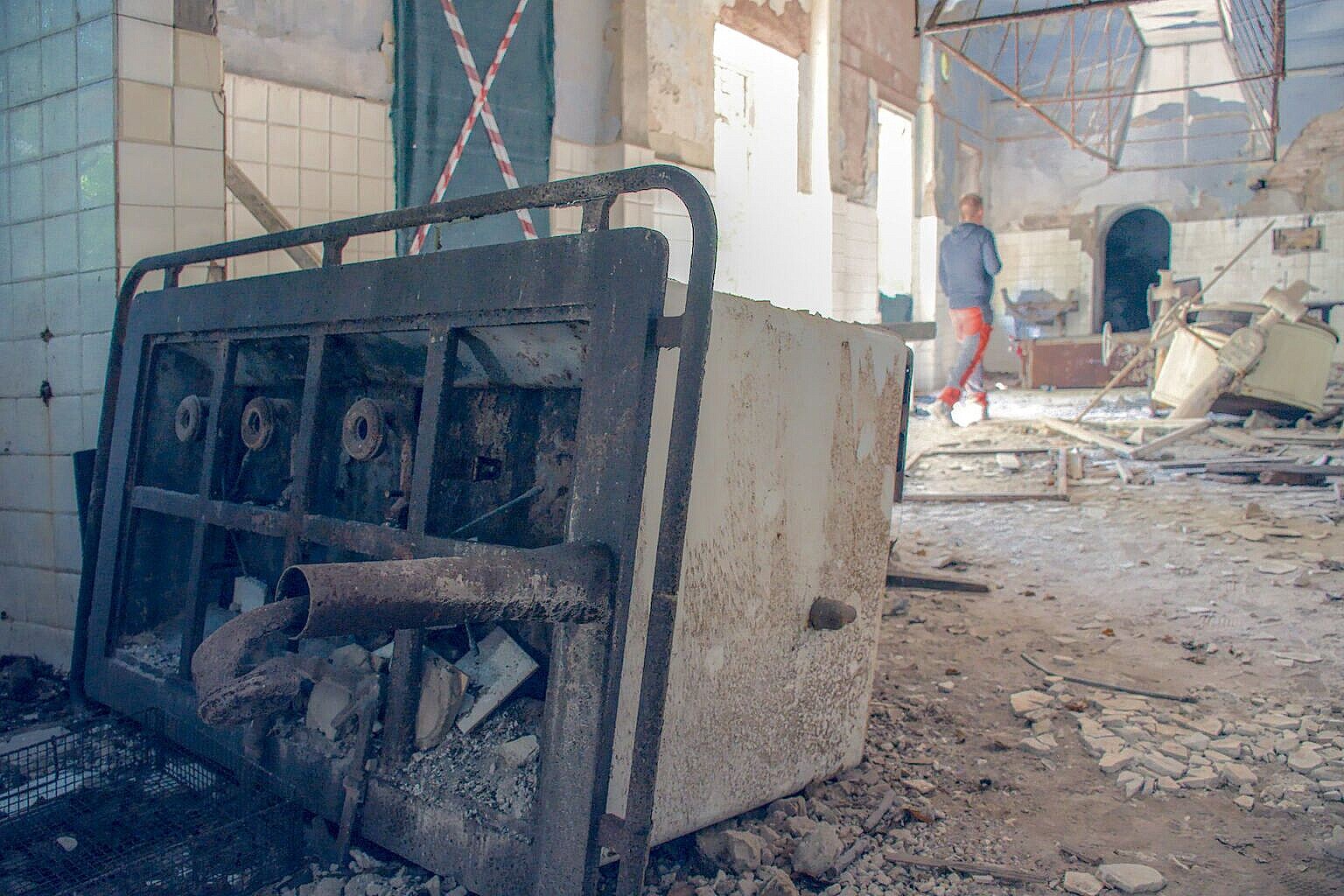
The war of Chioggia
The strategic importance of Poveglia became evident with the war of Chioggia in 1378-81.
While the conflict has taken its name from Chioggia, the adversary was Genoa. A fleet of fifty Genovese warships entered the lagoon to defeat Venice and take control of the sea routes in the Adriatic.
The Genovese quickly seized Chioggia at the southern end of the lagoon, and soon received reinforcements from Padua. Together, they moved north towards Venice, and set up base on Poveglia for the final naval attack on Venice.
The Venetians set up their forward position on the island of Santo Spirito, expelling the monks living in the monastery there.
Throughout much of the autumn of 1379 they fought several small naval battles in the canal between the two islands.
The Venetian soldiers and seamen fought with their back to the wall for the survival of the city and state. In the end, they came out victorious and took back first Poveglia and Malamocco, and later Chioggia. Venice survived the attack.
Before their retreat, the Genovese razed the two towns of Poveglia and Malamocco to the ground. An eyewitness account states that the Genovese destroyed all buildings but the churches, demolished to the foundations.
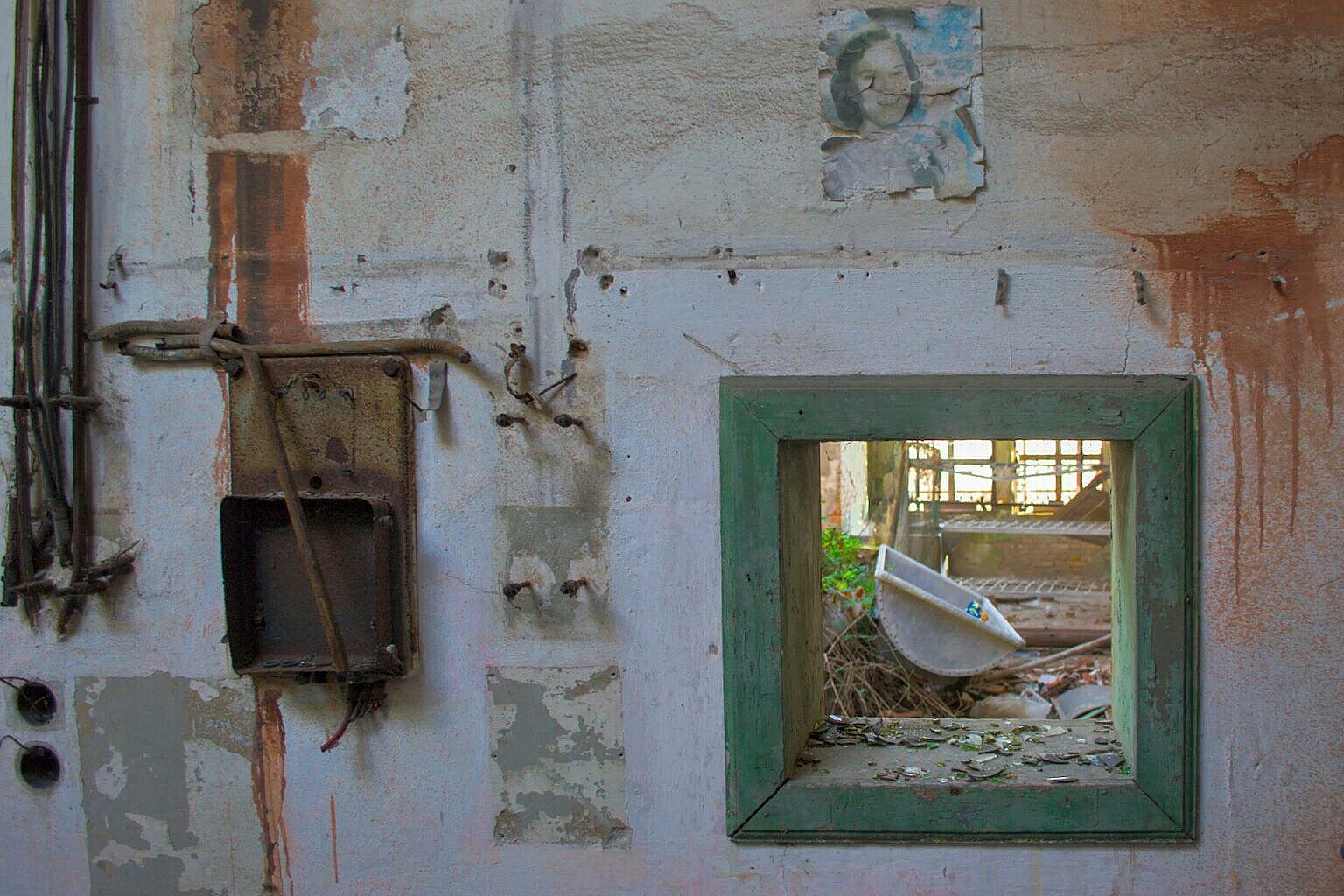
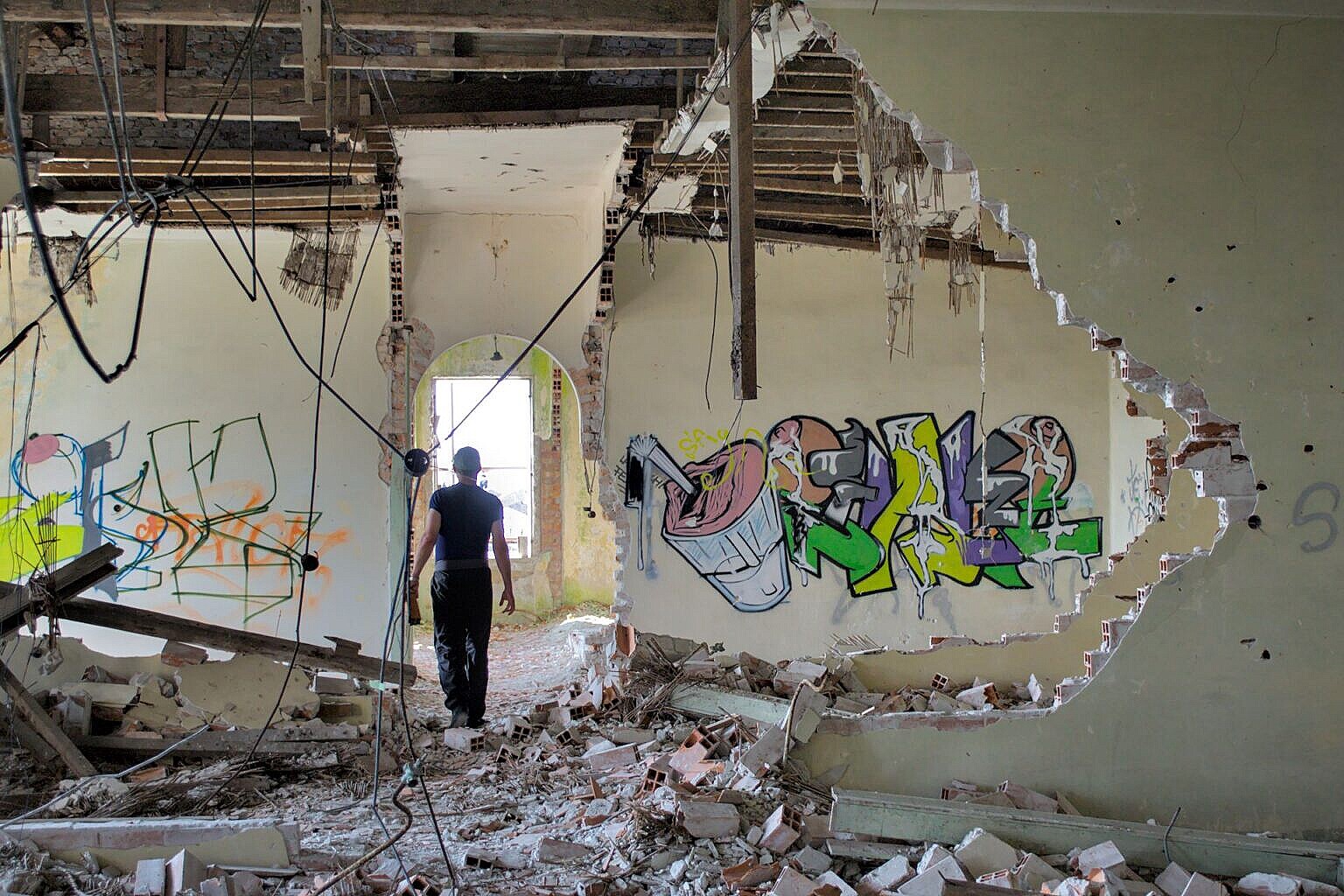
Poveglia abandoned (almost)
After the war, Malamocco was rebuilt and became seat of the podestà, but Poveglia was not.
The surviving povegliotti had to move to Venice, where they settled on the Giudecca and in Dorsoduro. The family names of povegliotti known from medieval documents still exist in Venice.
They organised in the università dei povegliotti, a kind of mutual aid society like the Venetian scuole. Through their organisation, they repeatedly petitioned the Senate for permission to return to their island of origin, but the permission never came.
The island remained a wasteland, and quickly erosion set in, reducing its surface noticeably. The only building remaining was the church, with the tower that’s still there.
In the 1500s, the Venetian state constructed the octagon, which still dominates the approach to the island.
The Senate also gave permission for a few buildings on Poveglia, for the resupply and repair of merchantmen arriving in Venice from the south. This was the main function of the island for a long time.
The descendants of the former residents of Poveglia were never allowed to return. Gradually, the community integrated fully into the population of Venice.
Lazzaretto Novissimo
From the 1400s, Venice had two lazzaretti for the internment of plague victims and quarantine of suspected carriers of the contagion. Lazzaretto Vecchio is not far from Poveglia, and it was the hospital for the sick. Lazzaretto Nuovo, the quarantine island, is in the northern lagoon.
At the end of the 1700s, after three centuries of operation, both lazzaretti were in terrible conditions, and scarcely fit for purpose.
Since the plague was far less of a threat than it had been in the previous centuries, the Senate closed both lazzaretti. Few ships arriving in Venice with the plague on board, and Poveglia became the Lazzaretto Novissimo.
Republic of Venice fell to Napoleon in 1797, but the Lazzaretto Novissimo continued to operate in various forms during the periods of French and Austrian rule, even if infected ships were far between.
Hospital on Poveglia
The unification of Italy lead to a total overhaul of the Italian sanitary facilities related to seafaring, and the island of Poveglia had a very minor role. It became a Stazione Sanitaria for the Italian Navy, basically a navy hospital.
The island of Poveglia also had various military functions, both during the First World War and the second.
During the Second World War, parts of the island became a hospital for contagious deceases such as tuberculosis, and after the war this was the main use of the island.
The hospital on Poveglia remained in use until 1969, when a problem with the water supply led to a sudden evacuation of all the patients.
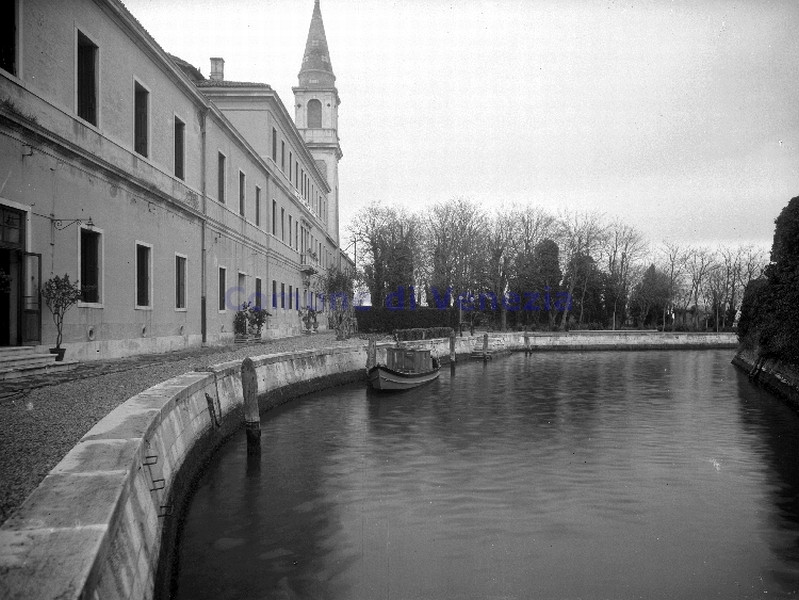
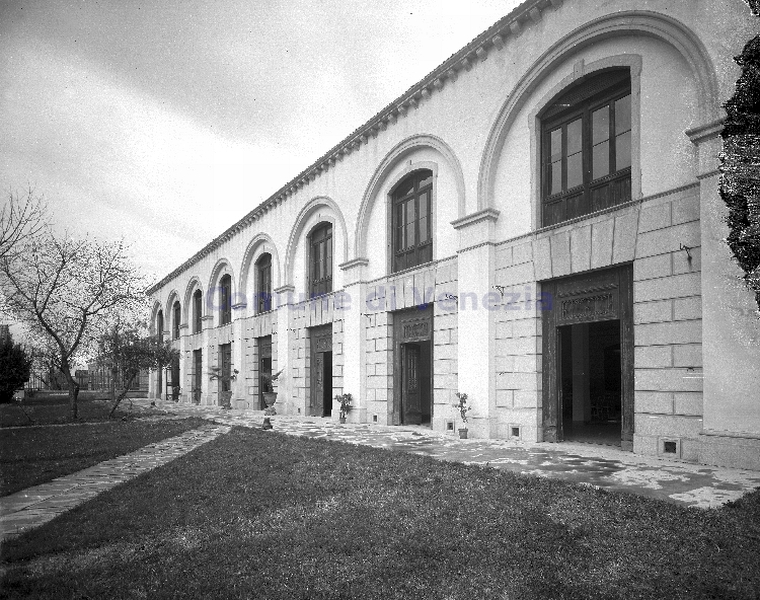
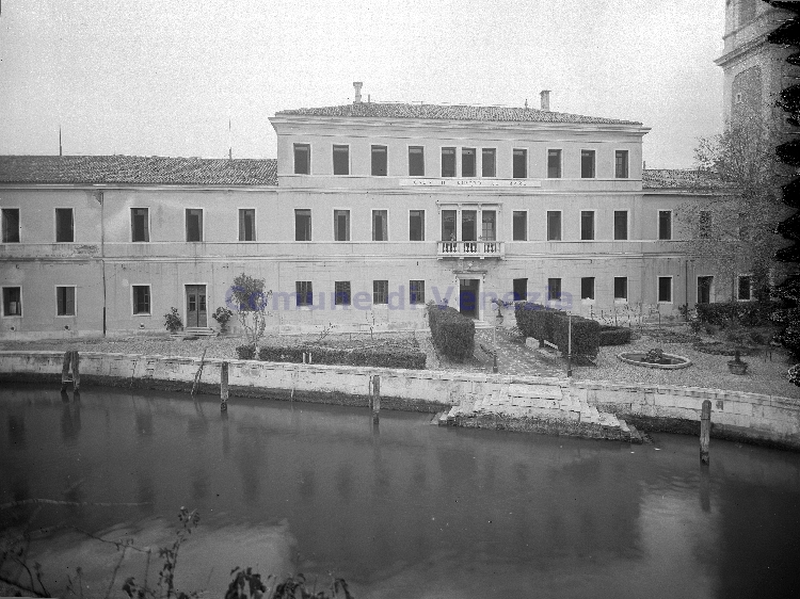
Abandoned again
When the hospital closed, the island was yet again abandoned.
The Italian state, the legal owner of the island, never did anything to demolish or even empty the buildings. As a consequence, thieves and vandals served themselves, and stole and destroyed everything left behind.
After fifty years of total neglect the island is now a ruin of crumbling and overgrown buildings, caved in roofs, smashed toilets, hospital beds thrown from the windows of the upper floors, now covered in brambles.
It is a spooky and desolate sight, not because of imaginary ghosts and mad doctors that never existed, but because of the indifference of those who should have taken care of the place before it got to this.
The Italian state has tried to sell the island, but unsuccessfully.
A group of Venetian citizens, under the banner of Poveglia per tutti (Poveglia for all) has tried to obtain a concession for the island for 99 years. Almost five thousand Venetians and sympathisers paid €99 each into a fund, but the state has so far refused.
Ghosts and crazy doctors
For some reason, people searching for the supernatural have turned their attention to Poveglia, writing articles and making television programmes.
Victims of the plague haunting the island and crazy doctors torturing or experimenting on their patients with useless surgery.
While a few dozens plague victims died on Poveglia, the vast number of buried plague victims are found on the other Lazzaretti, where archaeologists have excavated mass graves with thousands of victims. In fact, the photos of mass graves all come from the nearby Lazzaretto Vecchio.
As for sadistic doctors torturing patients, or doing experimental surgery on them, there have never been any operating rooms in the hospital on Poveglia, which was for other deceases.
Related articles
Bibliography
- Busato, Davide and Paola Sfameni. Poveglia : l’isola alle origini di Venezia. 2018. [more]

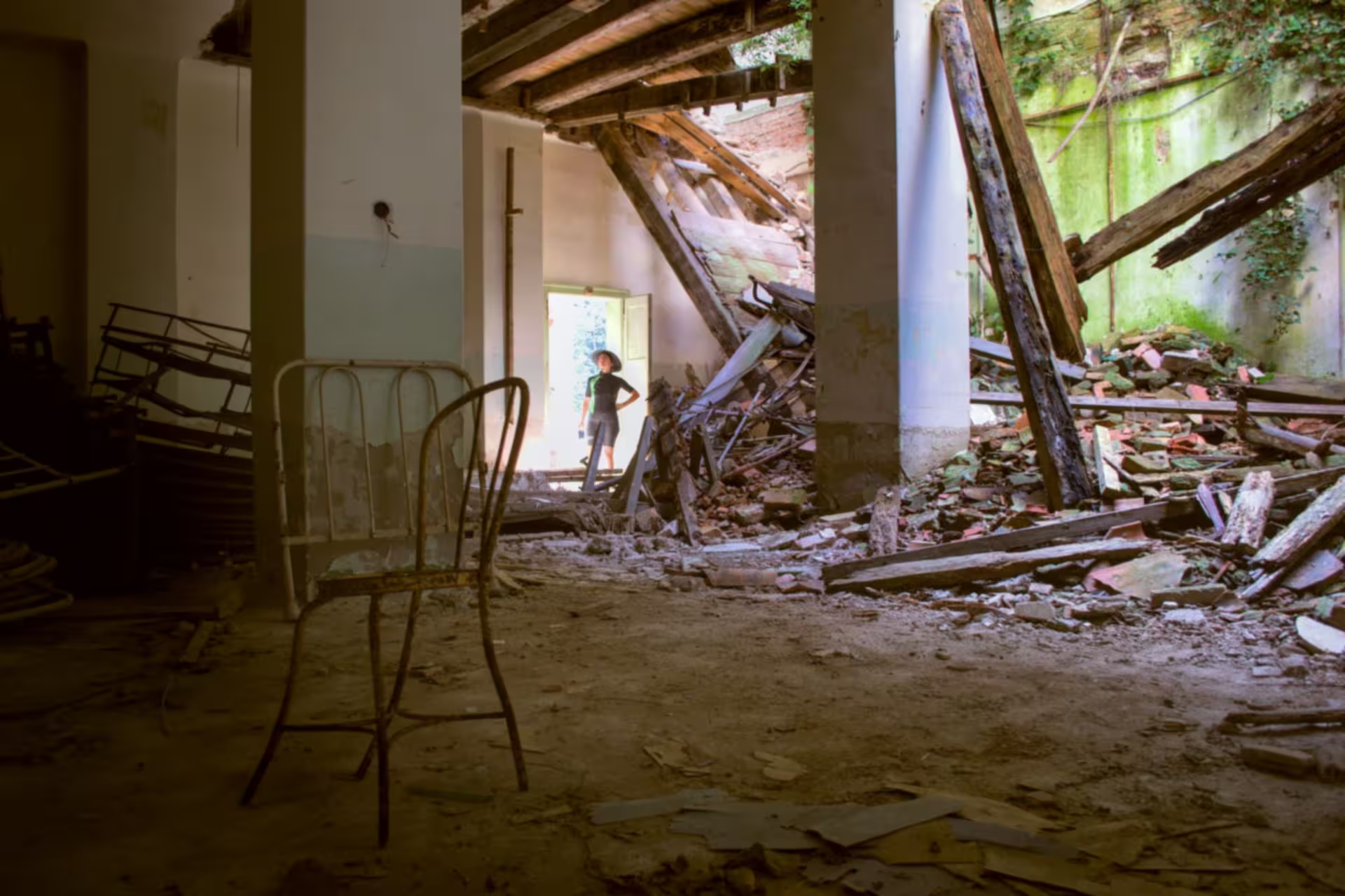



Leave a Reply